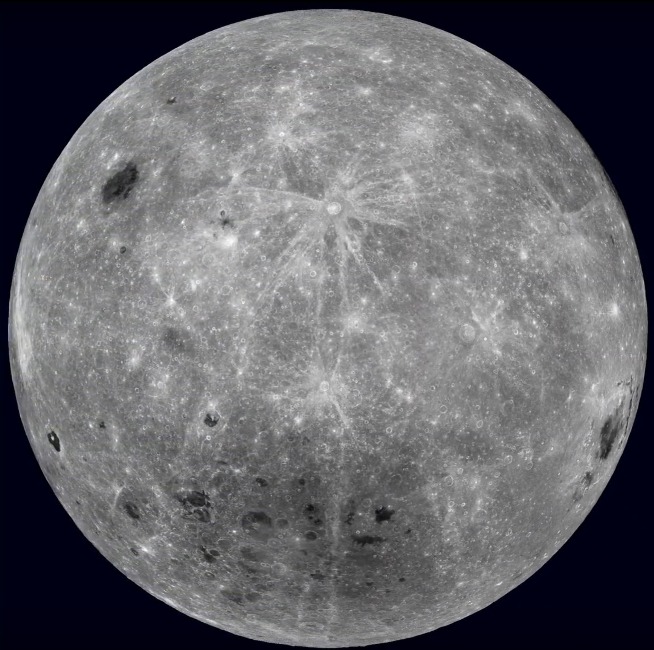Adler Skywatch: February 2020

This month will be a little longer than usual, but still shorter than most months of the calendar — because it’s February 2020.
This year is a Leap Year, when the short month of February has 29 days instead of the usual 28. Earth’s actual orbit around the Sun takes about one-quarter of a day longer than our usual calendar-year of 365 days. Adding a Leap Day to our calendars helps keep them aligned with the astronomical seasons of spring, summer, fall, and winter.
Usually, Leap Years are those years that, numerically, are evenly divisible by four. The year 2020 – that is, the numeral 2,020 — divides evenly into four with no remainder. The exception to this Leap Year rule applies to century-years, which must be evenly divisible by 400 instead of by four. The year 2000 was a Leap Year because the number 2,000 is evenly divisible by 400; but the years 1700, 1800, and 1900 were not. The year 2100 won’t be a Leap Year either. These refinements mean our calendars will stay true to the astronomical seasons for a long time. In fact, it is such a good system that our current calendar will be off by just one day 3,300 years from now.
This month the brightest planet, Venus, continues its brilliant showing in the west-southwest skies in early evening. It’s by far the brightest night-sky object, except for the Moon; and it’s easy to spot in evening twilight. Venus gets higher and brighter in the sky with each passing evening – and will continue to do so through mid-April. The night of the 27th, look for it to the right of a slim waxing crescent Moon.
Between the 7th and the 17th, shortly after sunset, look about 20 degrees below and slightly to the right of Venus. The bright star-like object close to the horizon is the planet Mercury, outshining the nearby stars. Mercury sets not long after the Sun, so look for it about a half-hour to 45 minutes after sunset, or you’ll miss it.
The other planet-viewing this month occurs shortly before dawn. The planet Mars is low in the southeast just as morning twilight starts. As the month progresses, other planets appear below and to the left of Mars in the southeast sky. By the early morning twilight of the 12th, the bright planet Jupiter appears above the southeast horizon. Jupiter moves higher in the sky and closer to Mars each morning. And by morning twilight of the 22nd, the planet Saturn is above the horizon, forming a line in the sky with Jupiter and Mars.
Around mid-month, the waning crescent Moon appears near each of these planets. Before sunrise on the 18th, the Moon will be very close to Mars — so close, in fact, that it will even occult, or pass in front of, Mars that morning. Start watching the Moon and Mars around 5:40 a.m. Central time — and don’t look away for long! The occultation will happen in the blink of an eye. The Moon will continue in its orbit around the Earth, so on the 19th, it appears a few degrees to the right of Jupiter. And on the 20th, the Moon appears just below and to the right of Saturn.
First Quarter Moon: February 1st
Full Moon: February 9th
Last Quarter Moon: February 15th
New Moon: February 23rd
Please note that these descriptions are for the Chicago area, using Central time.







